We’re often asked, what’s the best forex strategy? Starting with the basics, a trading strategy is your plan for when to buy or sell currency pairs. It’s like a recipe for making trades at the right time.
The basics of forex strategies come from watching the market’s movements, understanding economic reports, and keeping up with news events. A good strategy tells you when to enter or exit a trade and can be made by yourself or found online.
The popular strategies include:
- Day Trading: Making trades that last just a day.
- Position Trading: Holding onto trades for a longer time.
- Scalping: Making lots of small trades for tiny profits.
- Swing Trading: Trying to catch ‘swings’ in the market from one direction to another.

Source: Image created by OpenAI’s ChatGPT.
Understanding Forex Strategies
The key to doing well in forex is your trading strategy. While there are many strategies out there, the best one is the one that makes you money most of the time. You’ve got to find the one that fits how you like to trade.
When you’ve found a strategy, test it out until you trust it. A good strategy works well in different types of market situations.
Choosing a strategy isn’t a one-time thing. You might need to try a few on a practice account to see which one works best. The market keeps changing, so you might need to change your strategy sometimes. It’s especially important for beginners not to use too many complicated tricks at once.
Duration
It’s important to match your strategy with the right time frame. Quick traders look at short-term charts, while traders looking for bigger moves might look at charts that show a day or four hours of trading at a time.
Top traders often use a big-picture approach. They look at long-term trends and then find the right time to trade based on those trends.
Trading Frequency and Position Size
Your strategy should match how often you want to trade. If you like making lots of trades, go for a quick strategy. If you prefer making a few bigger trades, look at the bigger economic picture.
It’s also important to not put too much money on a single trade. Most traders won’t risk more than a small percentage of their account on a trade to avoid big losses.
Developing Your Strategy
Creating a personalised forex trading strategy involves several steps:
- Identify Your Trading Style: Decide if you like quick, frequent trades (scalping) or longer-term trades following bigger trends (day trading).
- Choose Your Currency Pairs: Pick the currency pairs you want to trade, keeping in mind that some are more volatile than others.
- Set Your Risk Limit: Decide how much risk you’re comfortable with to make sure you don’t lose more money than you can afford.
- Decide on Trade Frequency: Figure out how many trades you want to make in a day.
- Manage Your Time: Allocate enough time to follow your trading plan properly.
- Learn the Best Trading Times: Different currency pairs have different times when they are most active. Find out the best times for the pairs you’ve chosen.

Source:Image created by OpenAI’s ChatGPT.
If you want to learn more about Forex and building your strategy, why not join our webinar for FREE, sign up here.
Final Thoughts on Forex Strategy
There’s no perfect strategy that works for everyone. The best strategy for you is the one that suits your style and your needs. Sometimes you have to try different things to find out what works best. Remember, the strategy that fits your trading style is the most important thing to consider*.
*This blog should be considered informational only and is not meant to be taken as financial advice.






